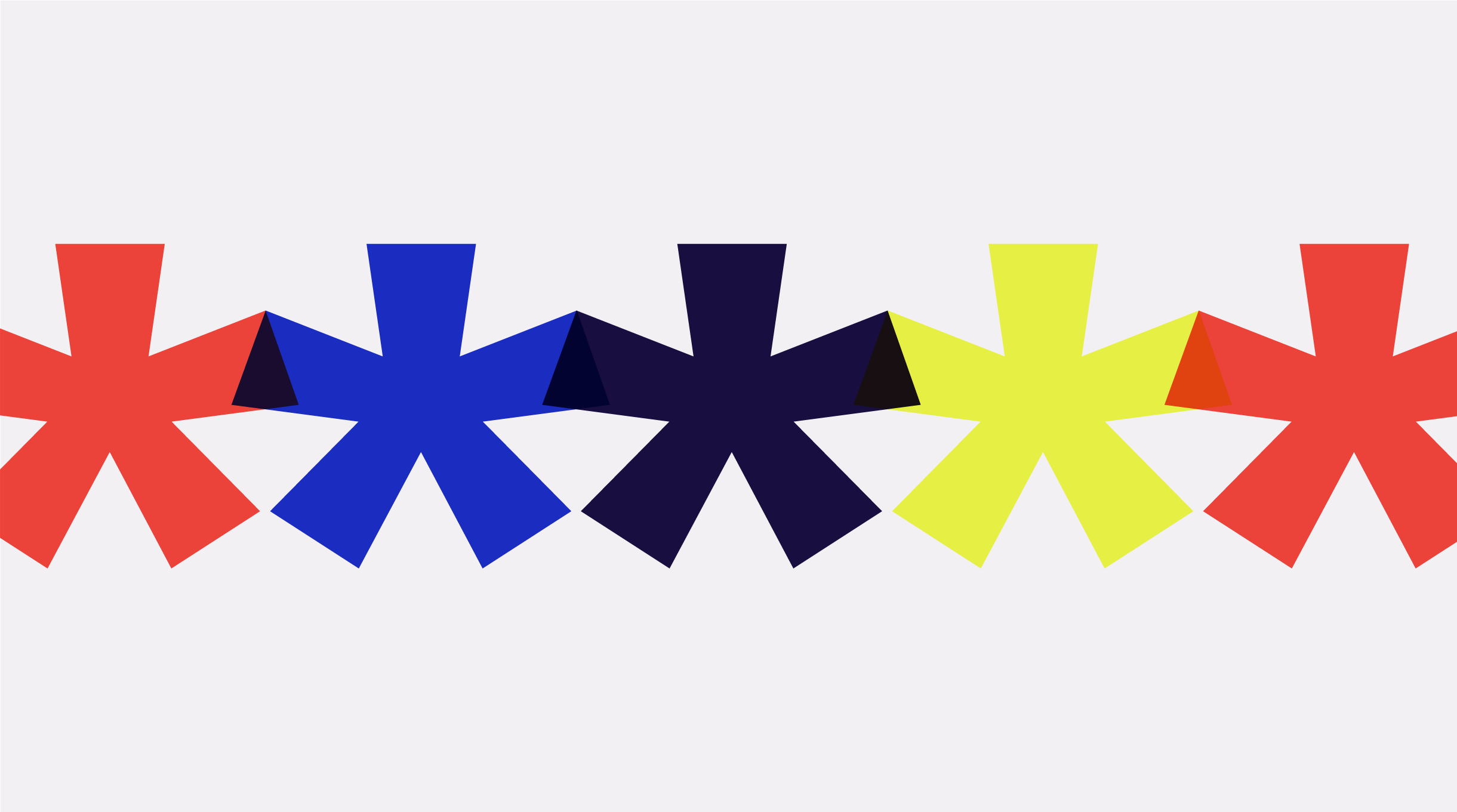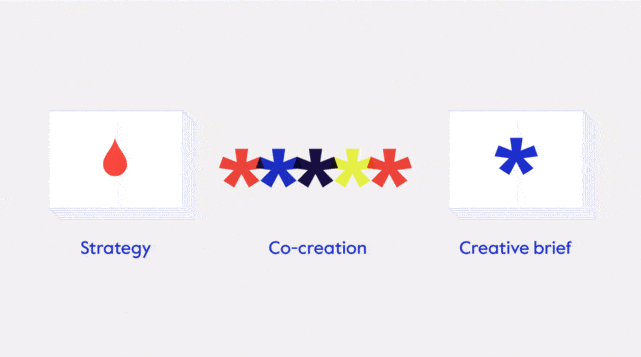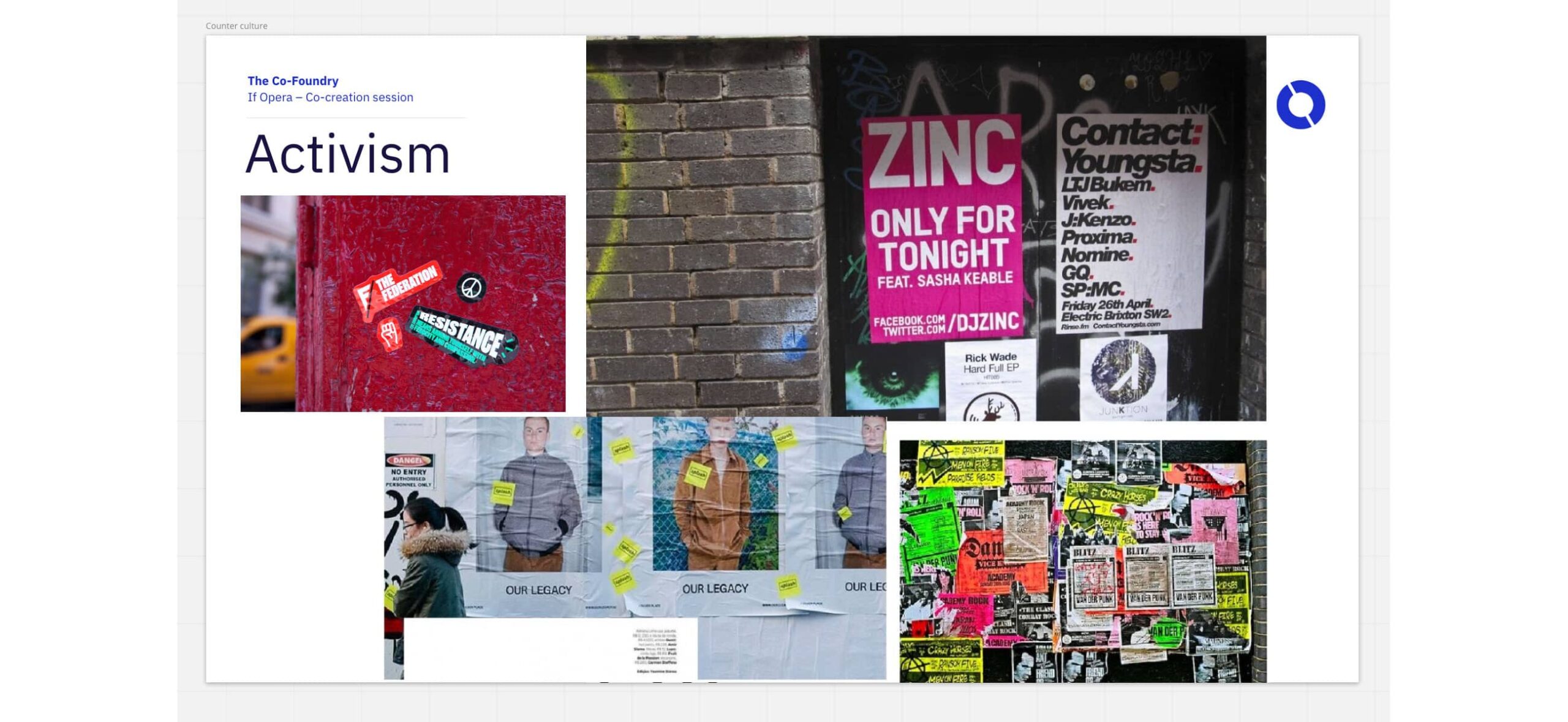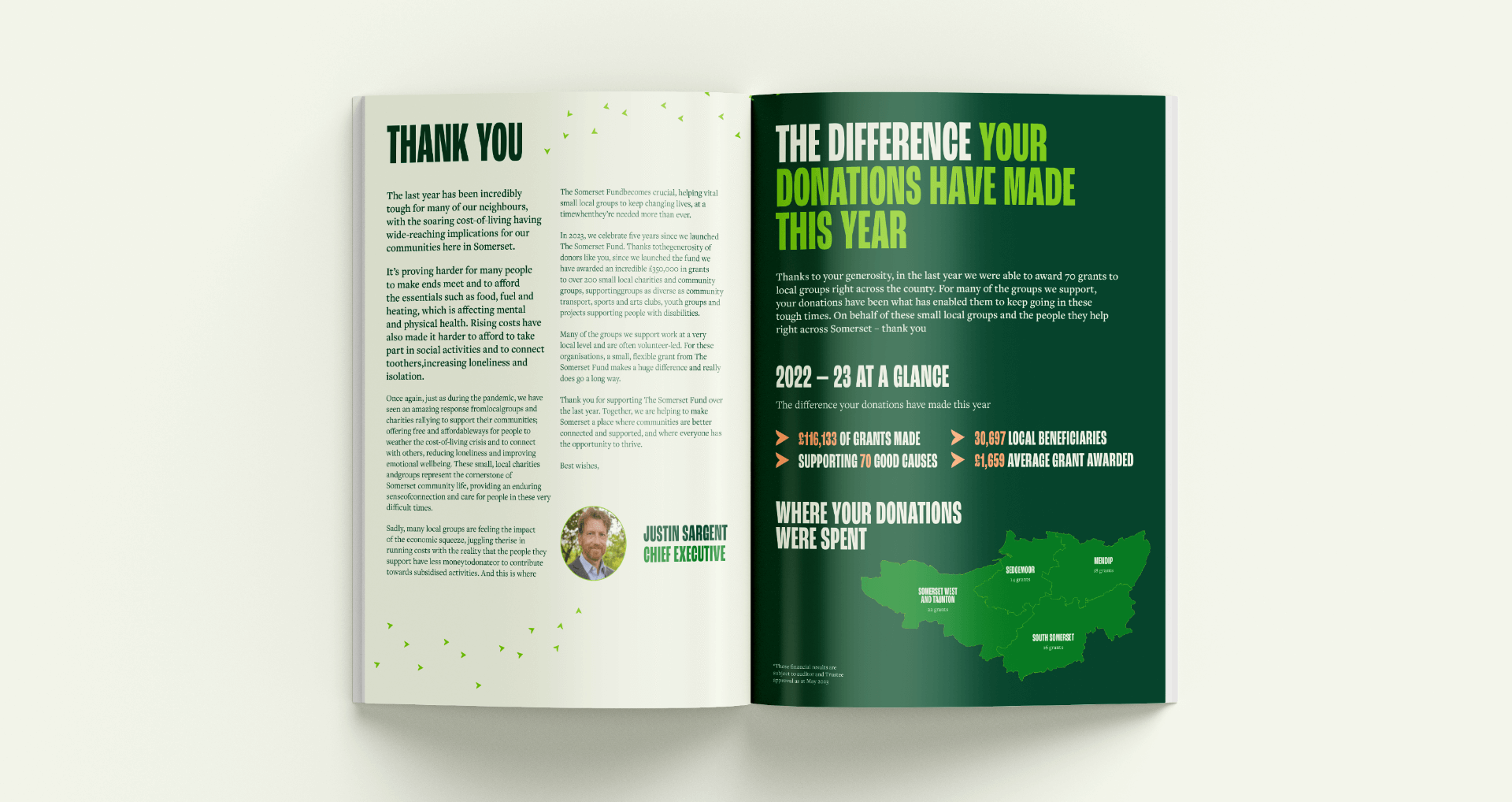How you can help your team become enthusiastic brand advocates
(And get the best design outcomes in the process)

The days of a brand being only what you, as a business founder say it is, are long over. We’re all aware of the importance of word-of-mouth marketing and customer feedback but the words, actions and attitude of your team are just as significant when your brand is out there in the wider world.
Helping your team become as enthusiastic about your brand as you are, is simple:
Involve them early on in all things branding, including the creative process. The once taken-for-granted practice of excluding client-side ‘non-creatives’ from a branding project, is no longer the way to go if you want to sail a happy ship.
Everyone has a stake
Creatives themselves recognise that they don’t have a monopoly on good ideas. They’re often just more confident about visualising or articulating their vision. They’re also more skilled at sorting the wheat from the chaff but, in order to do that, they need to have ample raw material to work from. A kaleidoscope of perspectives drawn from all areas of your business ensures a more bountiful harvest and a more powerful and resonant branding outcome.
An approach where creatives work behind closed doors, coming in only to present to a client’s top team doesn’t bode well for the long-term health of a brand. Your team, who interact day-to-day with customers, suppliers and stakeholders are vital to your brand and business’s success. Fully on board and feeling like they’ve had a stake in the brand’s creation, they’ll help realise your vision by ensuring it’s clearly communicated at all times and consistently applied across all platforms.
But not everyone gets to drive
Getting everyone involved in the creative process doesn’t mean resorting to the ‘back-seat driving’ we get to witness in the dreaded Branding episode of The Apprentice. Surely, I’m not alone in shouting at the TV when team members tell designers to nudge 10 pixels to the left or try a different font or colour as the design by committee process creaks on!
In this case, involving your team is all about having them in on the process before the creative brief is even written. This way they’ll be playing a part in generating the creative sparks and excitement that will help them understand and feel affinity for the resulting new branding – all the better to then be able to run with the brand tone of voice, create content and play their part in attracting new talent to your business.
It will also mean that you, as a founder, feel included. The business is, after all, your ‘baby’. You may have sketched out its first logo or built the first website, and it’s important you don’t feel you have to relinquish all creative control to the professionals who will come in to create your branding.
Gathering in the harvest – the co-creation session
The ‘gathering’ process I advocate before the creative brief is written is a far cry from a free-for-all brainstorm. It’s a strategically led format, arranged around themes that we, at The Co-Foundry, call a co-creation session. Designed to play to the strengths of, and serve everyone on a team, it offers space for quieter team members to feel confident, included and heard, as well as giving voice to the ‘usual suspects’, the louder people on the team.

The co-creation session should be held once the brand strategy has been approved and before the designers are briefed. Forming the basis for the co-creation session, the brand strategy is an internal document that distills the key findings from the research stage (team discovery workshops, brand audit, customer interviews, and wider market research).
Setting some homework
The author of the brand strategy or the consultant facilitating the session provides a set of boards for each team member to populate ahead of the session – essentially scrapbooks, mood boards or stylescapes. We use Miro but there are other whiteboard tools. Physical boards can be used too. The session will see us pooling, sharing and discussing these boards. In populating them ahead of the session, individuals should be encouraged to seek out and consider all visual and verbal stimuli, from sketches and photographs to websites – in fact, anything that resonates with the strategic direction that’s been set.
There is no ‘designing’, only gathering at this stage and, far from being a test, it’s an opportunity for eliciting as wide a range of ideas as possible. With people working alone, contributing their ideas individually, no one will feel led towards reaching particular group-think conclusions. References can be rough, raw and broad, or neat, specific and refined. Those taking part should be encouraged to draw inspiration from beyond the sector you operate in, taking in alternative categories and broader trends.
Making a start – mood boards
Although no one should be made to feel they have to fill each of the boards, they should be encouraged to do what they can, trying to put something on each.
Each board is labelled and in our co-creation sessions typically follows the following format:
1. Marketplace context
Competitor audit – likes, dislikes, common themes, clichés. The brand strategy already sets out what your ownable space is and this is a good opportunity to make sure no one else is stepping into your defined space.
Category audit – this may be the sector you are in, the category you serve or an alternative category that shares a common trait or archetype. While the objective of brand identity design is to be distinct and memorable, your strategy may have established that your brand could benefit from mirroring or finding parity with a category. This is the point at which you might identify common tropes, use of colour, typography style, imagery and visual references that could then be included in the brief.
2. Creative territories
This is when the team involved in the co-creation session searches out and posts up visual stimuli that will then help the designers explore the creative territories defined by the brand strategy.
An example: Let’s say the strategy has defined a brand as a challenger / disruptor – setting a creative territory of ‘counterculture’. The response might include exploring the visual language of disruption – dissident political slogans, flyposting, the anarchy symbol.
For The Co-Foundry’s rebrand of Iford Arts which saw the opera company become If Opera, our co-creation session explored the wider entertainment category including streaming services and West End musicals, as well as themes such as activism and jazz, developing an identity that emphasised If Opera’s reimagining of what opera could be, for audiences and performers alike.
The session itself – enjoy!
Helped along by the facilitator organising the boards into emerging themes, this is where everyone comes together to review and discuss the contributions that have been made, and further refine and tease out some of the thinking. The facilitator will be listening for a response to the boards and although some ideas may be taken off the table, no one on the team should end up feeling that their idea wasn’t given fair air time or due consideration.
If it feels messy – all the better! A positive and playful atmosphere, laughter and fun are very much called for. As adults we don’t get to play nearly enough and this environment, where everyone has a chance to relax and feel free, brings untold value to the process.
A co-creation session is not, in itself, an attempt to solve the brief, but where you come up with a more coherent framework of references and guide rails, as well as the inspiration that will drive the eventual development of the brand identity.
At the end of the co-creation session the facilitator will have a bountiful haul of material to work from in preparing the brief for the design team. Their eventual brief will pull out key points from the strategy, combining them with a pack of annotated mood boards taken from the co-creation session, as well as instructions on deliverables and first stage concepts.
What makes a good facilitator? A quick checklist:
You need a strategist with a strong creative background including:
- an understanding of typography (What emotions does a typeface evoke? Is it classical, playful, confident, young, different, neat, professional?)
- knowledge of how colour contributes to design
- an ability to recognise the different types of imagery and trends in how images are used (conceptual, documentary/lifestyle, illustrative, hi res, lo res, hand drawn, 3D)
- familiarity with thematic ideas, being well-versed in defining the creative territories that need to be explored
- an understanding of the importance of words/copy in branding (taking into account that some people in your target audience will respond better to verbal rather than visual clues in branding)
- excellent communication skills – pulling together the initial strategy, leading the co-creation session and writing the brief for the design team.
In essence, a facilitator needs to have a nuanced understanding of character and tone, and how the combination of the above goes into creating the desired personality and tone of voice for your brand.







